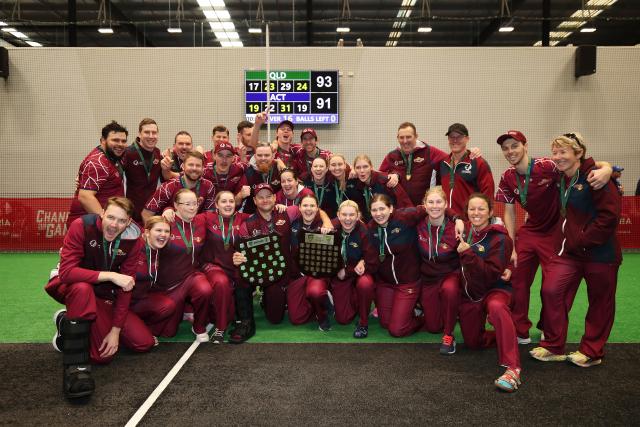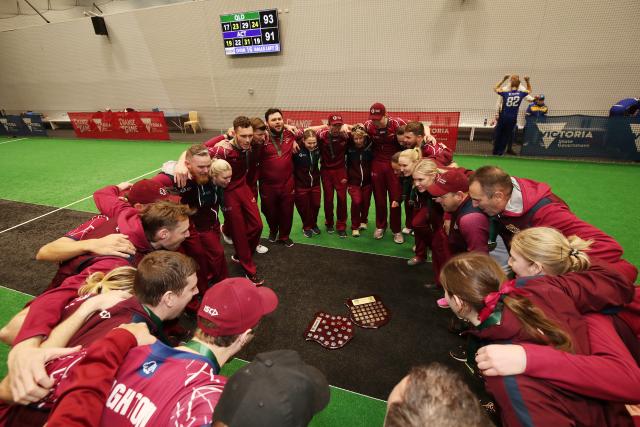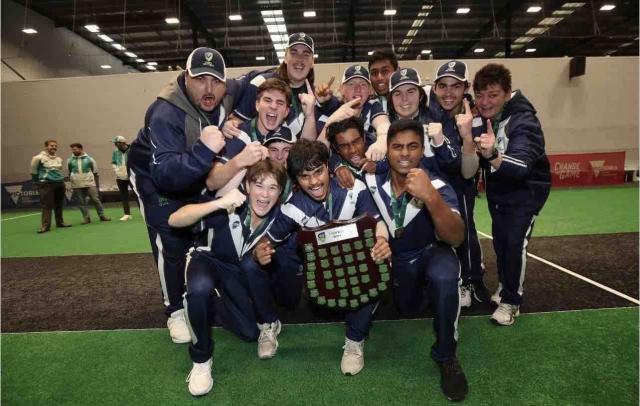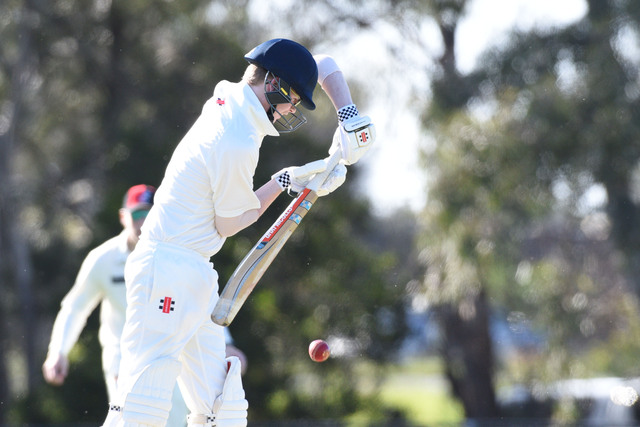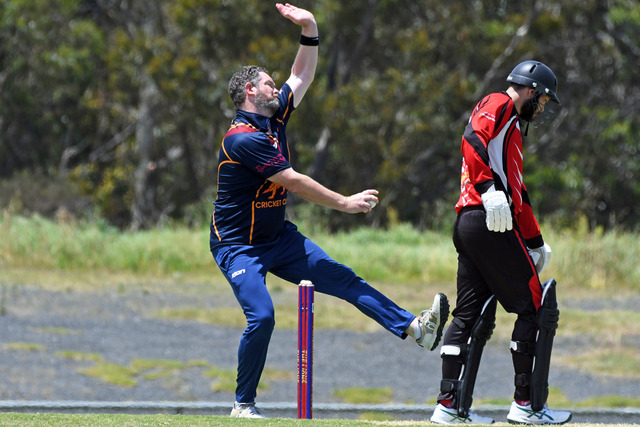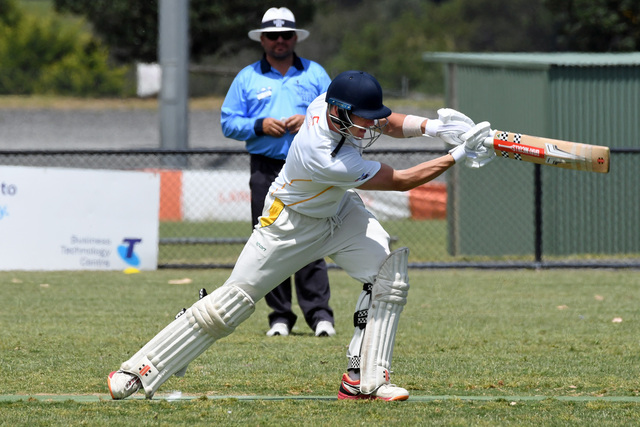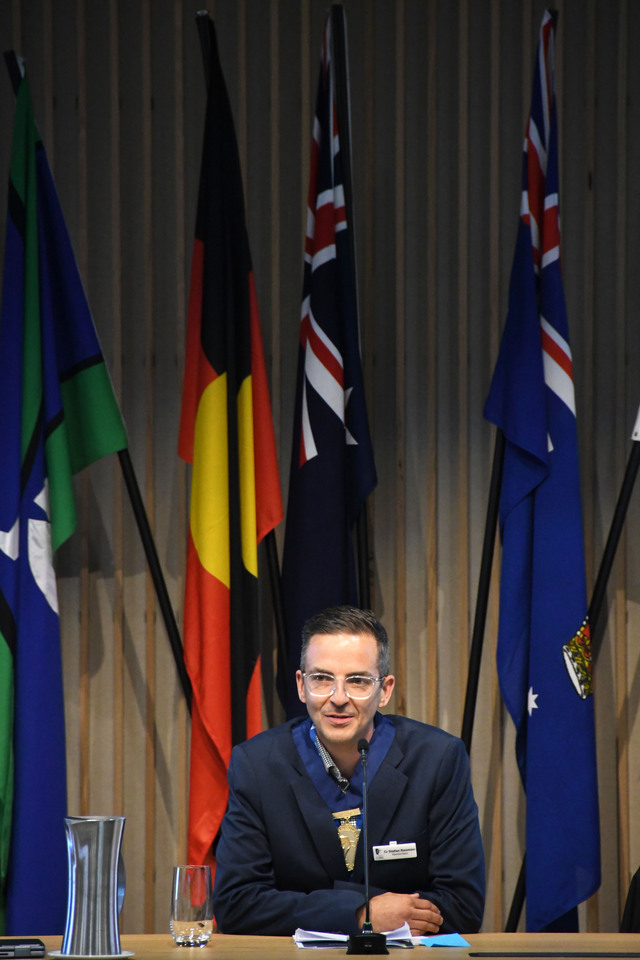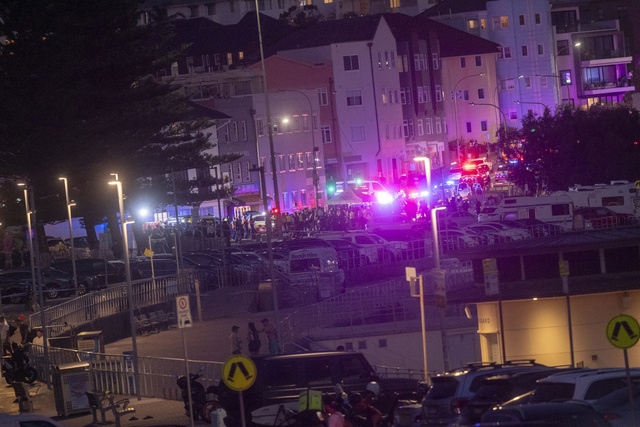The last few weeks saw Casey Stadium transformed into an indoor cricket venue as the best of the best from across the country descended on Cranbourne for the Indoor Cricket National Championships.
A total of 800 players, officials and staff were welcomed to the South East between 26 June and 9 July across five open age and five junior divisions, in the first championships held since 2019 due to Covid-19.
Cricket Australia’s Cricket Operations Manager Anthony Fagan said it was fantastic to see the championships return after an enforced hiatus.
With the tournament being a user-paid event, he said the willingness for participants to sacrifice their time and money in order to partake shows the strength of the scene throughout the country.
“The energy, vibe and positivity that’s been in the stadium right throughout, both in the opens last week and the juniors this week, has been fantastic,” Mr Fagan said on Friday 8 July.
“Indoor cricket players have got great energy and passion for the game. They’re happy to sacrifice their own individual lives outside of cricket to come down and participate in the championships to represent their relevant states and territories.
“In terms of the way the games have been played, I feel like the competitive spirit, talent and camaraderie that’s been on show, throughout the Mens, Womens, juniors and opens divisions, and through our Taverners all-abilities teams, it’s been a really cool couple of weeks.”
The open age groups were dominated by the Queenslanders, whose Men’s and Women’s sides both capped undefeated campaigns by defending their 2019 crowns.
For the Women, it was their fourth consecutive title, having lost just one match in the last three years for a staggering win-loss record of 23-1.
Katrine Teske, coach of the women’s side, said the results haven’t reflected the strength of the competition.
“Indoor cricket is such a strange game, you’re never really that dominant,” she said.
“If you look at the results over last four tournament that the Queensland ladies have won, there’s been nothing dominant about it. They’ve trained really hard to have that success.”
Adding to occasion was the introduction of Veteran Jude Coleman, a five-time World Cup winning captain and 13-time National Indoor Championship winner, was inducted into the Australian Indoor Cricket Hall of Fame.
Ms Teske spoke glowingly of her contributions to game, and described her induction as a “very special moment”.
“She deserves everything that’s come from her induction. She’s an amazing player and amazing advocate for indoor cricket.”
Despite their unblemished record, the men didn’t have such a smooth campaign compared to their female counterparts, who developed an intriguing rivalry with the ACT as the championships progressed.
In the lead-up games they had two one-run victories against ACT and then squeezed home by two in a tense final on 2 July.
Mr Fagan said their success was a reflection on the state’s strong culture surrounding indoor cricket.
“They’re obviously just a really proud state that heavily invests in the indoor cricketing space,” he said.
“It was terrific for Queensland winning it and well done to them, it was such a great week but there was so many really strong games within that, which was great to see across the board, and a couple of the finals were played in really good competitive spirit, some really tight games, and we’re looking forward to those battles in future comps to come.
From a Victorian perspective, the Under 18 boys side had a thrilling nine-run upset win over Western Australia in the final with the side featuring local players including Ethan Davies from the Cranbourne Kings, and Zac Grech, Dinal Gamage Thivi Salwathura and Alex Russell from the Casey Stars.
The tournament helped inform national selectors ahead of the 2022 World Indoor Cricket Federation Indoor Cricket World Cup, to be held in Australia in October.
As part of Cricket Australia’s investment in the indoor scene, Mr Fagan said the open age squads at this year’s world cup will have their participation fully-funded, for the first time.
“(Cricket Australia’s) community team have got a really clear focus on what this can do for the sport and participation and what that might be able to achieve, from both an indoor and an outdoor space, so we’re really looking forward to seeing future growth and development of the game, that’s for sure.
“The support we had online and through the digital channels (during the tournament) gives us some real excitement as we head into the World Cup and we’re looking forward to bringing another really exciting tournament later in the year.”
A venue for the World Cup is yet to be decided.
Winners and runners-up:
* Open Age Men: Winner: Queensland. Runner-up: ACT.
* Open Age Women: Winner: Queensland. Runner-up: Victoria.
* Under 22 Men: Winner: New South Wales. Runner-up: Queensland.
* Under 22 Women: Winner: Queensland Runner-up: Cricket Australia Invitational side.
* Under 18 Boys: Winner: Victoria. Runner-up: Western Australia.
* Under 18 Girls: Winner: Queensland. Runner-up: New South Wales.
* Under 16 Boys: Winner: Queensland. Runner-up: Western Australia.
* Under 15 Girls: Winner: Western Australia. Runner-up: Victoria.
* Under 14 Boys: Winner: Queensland Runner-up: Western Australia.
* Taverners (all-abilities competition) Winner: South Australia. Runner-up: Queensland.

